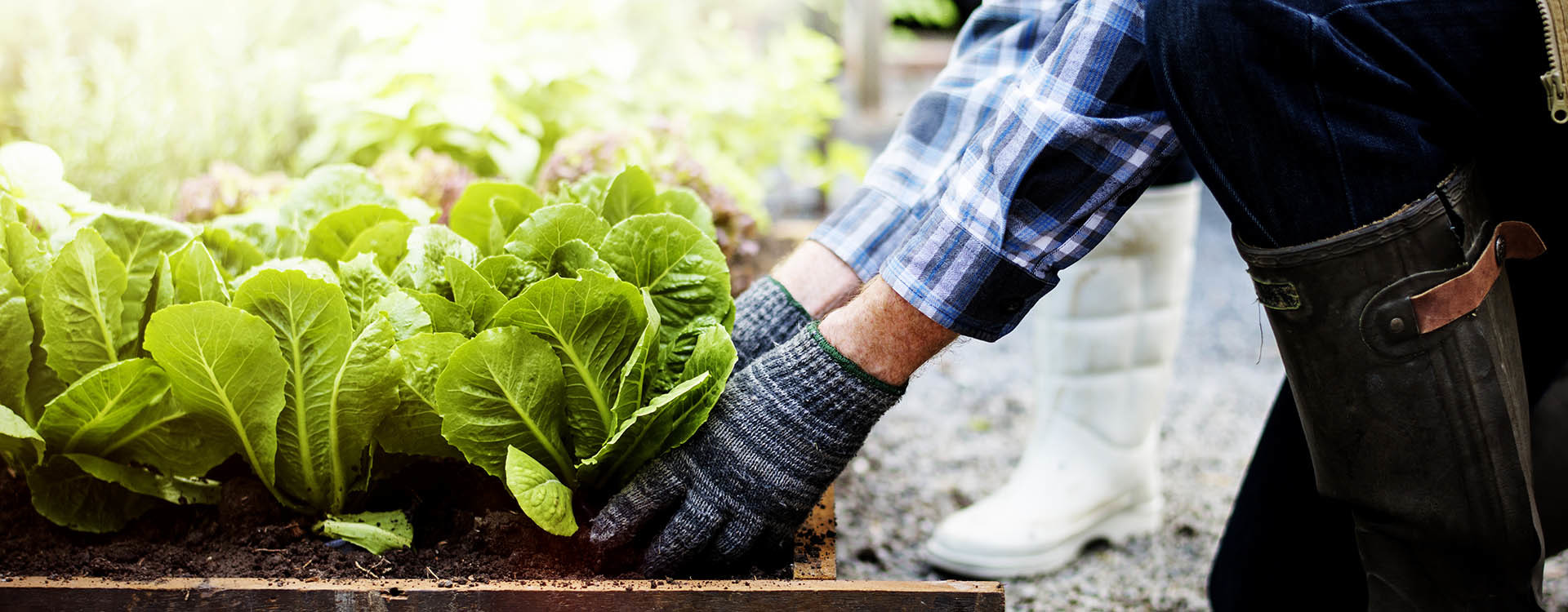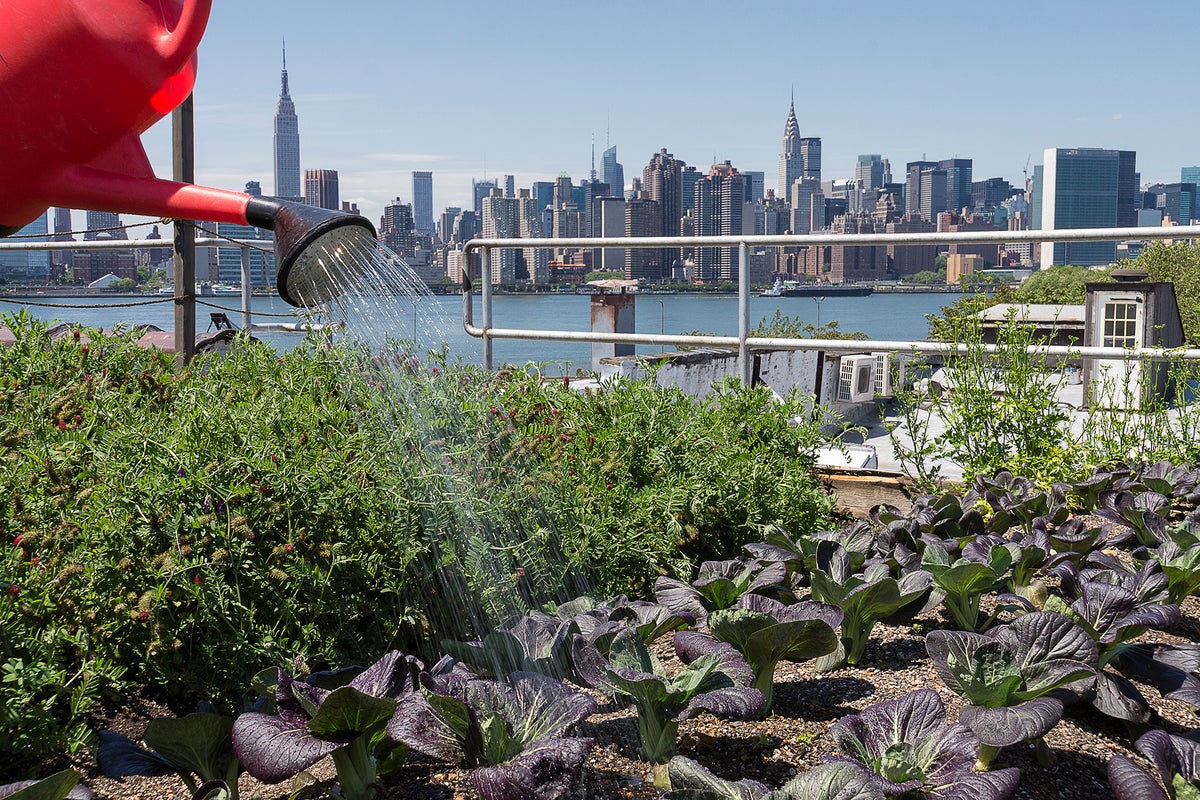Facts About City Blooming Revealed
Table of ContentsThe Definitive Guide to City BloomingAll About City BloomingThe Ultimate Guide To City BloomingThe Buzz on City BloomingCity Blooming Fundamentals Explained
Intrigued in expanding food available in the City of Chicago? Thinking concerning starting an area yard? Changes to the Chicago Zoning Regulation allow agricultural usages like area gardens and urban farms in lots of parts of the city. Below is a listing of regularly asked questions relating to the guidelines and policies that farmers should think about when intending an urban agriculture job.
The zoning modification does not change any kind of various other codes handling composting, building authorizations, buying or renting City possessed property, organization licenses or environmental contamination. There are existing codes that regulate these issues and they remain completely effect and might be suitable to your project. Community yards are typically had or taken care of by public entities, public organizations or community-based companies and kept by volunteers.
Urban ranches expand food that is planned to be marketed, either on a not-for-profit or for-profit basis. Due to their commercial purpose, urban farms call for a company license. Yes. An area yard is permitted to market excess create that was grown on website if the sales are accessory or subordinate to the yard's key purpose defined above.
The smart Trick of City Blooming That Nobody is Discussing
Composting is permitted however only for plant product that is produced and used on site. The quantity of compost material can not exceed 25 cubic yards at any type of given time according to the requirements in 7-28-715 of the City's Municipal Code. Yes. Due to the fact that the soil at many new garden sites requires changing, garden compost, soil, wood chips, or other products can be gotten to create or enhance the growing area - landscaping.

If a structure authorization is needed then the hoophouse will be taken into consideration an accessory building. You can find out more concerning the building authorization needs by getting in touch with the Division of Buildings. The 25,000-square-foot dimension limit is meant to stop a solitary neighborhood yard from dominating an offered block or diminishing the block's existing domestic or business character.
The restriction does not relate to gardens located in Public Open Space (POS) areas. Can there be more than one neighborhood yard that is 25,000 square feet on a single block? Yes. The dimension restriction puts on individual gardens, not to private blocks. No. Fencing is not required, nonetheless, yards that have large vehicle parking areas may be required to install fence or various other landscape design functions.
The City Blooming Diaries
B1 & B2 areas call for that all business use activities be carried out inside. R areas restrict industrial task. The guidelines show the objective and intent of the Zoning Code. Is fence needed for city ranches? Yes. Fencings might be needed, in addition to landscaping and screening, for specific car park locations and outdoor work or storage locations depending on location and the certain task taking area.
Yes. Urban farms require building permits and zoning authorizations prior to building. Other types of city review might be needed depending on certain structures, tasks, dimension, landscape design, licensing, public health and stormwater monitoring concerns. Most of these demands are determined in the job design or permitting process, nevertheless, the applicant may be liable to independently determine details licenses or permits that may be required.
The Department of Business Matters and Customer Protection can Read Full Report assist identify the particular kind of organization license that's needed. Off road car parking is needed for most business tasks in Chicago. The required number of parking areas is based on the number of staff members working on site and not the square footage of the growing room.
The 7-Second Trick For City Blooming

An urban farm can market compost product produced on site, nevertheless, the procedure has to conform with the regulations in 7-28-715 of the Chicago Municipal Code. Aquaponic systems are allowed inside your home on urban farms in numerous zoning areas.
Up to 5 hives or swarms of honey may be maintained as an accessory usage. Nevertheless, beekeepers have to register with the Illinois Department of Agriculture. For more info concerning the proposed zoning change you might call the Division of Housing and Economic Advancement, Bureau of Preparation and Zoning at 312.744.8563.
Farming in cities and urban locations A city farm in Chicago. Urban agriculture describes various practices of growing. https://pxhere.com/en/photographer/4293794, processing, and dispersing food in urban areas. The term also puts on the area tasks of pet husbandry, aquaculture, beekeeping, and horticulture in a city context. Urban farming is identified from peri-urban agriculture, which takes location in backwoods at the edge of residential areas.
See This Report about City Blooming
It can entail a motion of organic cultivators, "foodies" and "locavores", that seek to develop socials media based on a shared values of nature and area holism. These networks can establish using formal institutional support, ending up being incorporated right into regional community preparation as a "change town" movement for sustainable metropolitan advancement.
The more direct accessibility to fresh veggie, fruit, and meat products that might be realised via urban farming can enhance food protection and food safety and security while lowering food miles, bring about reduced greenhouse gas discharges, therefore adding to climate modification mitigation. Several of the very first evidence of urban farming comes from Mesopotamia.